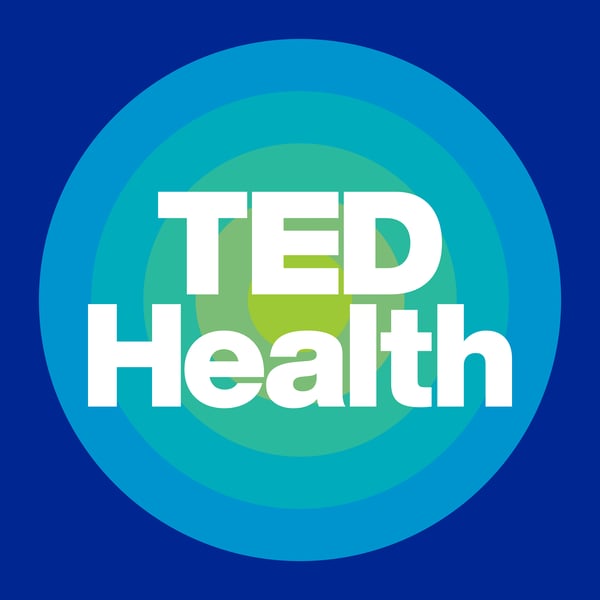Interview: 3 reasons why medications are so expensive in the US | Kiah Williams
TED Health
TED
4.2 • 1.5K Ratings
🗓️ 29 April 2025
⏱️ 29 minutes
🧾️ Download transcript
Summary
A century after its discovery, insulin remain essential in treating diabetes, and has a relatively low production cost, with a vial generally costing less than $6 to make. But those in the US pay on average 10 times more than those in other countries— leading some patients to take less than prescribed. Kiah Williams takes a look at the US supply chain to explore why medications are so expensive. [Directed by Tolga Yıldız, Serin İnan, Kozmonot Animation Studio, narrated by Christina Greer, music by Tolga Yıldız].
After the talk, Shoshana interviews Dr. Hussain Lalani on his research into improving access to affordable prescription drugs.
Hosted on Acast. See acast.com/privacy for more information.
Transcript
Click on a timestamp to play from that location
| 0:00.0 | This is TED Health, a podcast from the TED Audio Collective, and I'm your host, Dr. Shoshana Ungerleiter. |
| 0:09.7 | If you've ever been shocked by the price of a prescription, you're not alone. |
| 0:14.7 | In the U.S., the price of medications can feel like a mystery, one with sky-high stakes. |
| 0:23.5 | Take insulin, for example. It costs just a few dollars to make, yet some patients are forced to ration it because of soaring prices. How did we |
| 0:29.5 | get here? And more importantly, what can we do about it? Today's TED-Ed lesson unpacks the |
| 0:35.5 | tangled web of drug pricing, exposing the hidden players who drive up costs, and the steps that we can take to push for change. |
| 0:43.5 | Because when it comes to staying healthy, access shouldn't be a privilege. |
| 0:48.1 | Then stick around after the talk for an interview with Dr. Hussein Lalani, an instructor of medicine at Harvard Medical School, and |
| 0:54.8 | an expert in prescription drug pricing and access to affordable medications. But before we |
| 0:59.9 | dive in, a quick break to hear from our sponsors. And now for your TED-Ed lesson of the day. |
| 1:14.2 | After helping develop the first insulin therapy in 1921, Canadian physician Frederick Banting |
| 1:20.0 | transferred his patent rights to the University of Toronto for $1, stating that insulin |
| 1:25.1 | belonged to the world, not to him. |
| 1:32.3 | A century later, insulin medications remain essential in treating diabetes and have relatively low production costs, with a vial generally costing less than $6 to make. |
| 1:37.3 | But how much it costs a patient to buy varies greatly by country. |
| 1:41.3 | Those in the U.S. may pay thousands for insulin annually. On average, |
| 1:45.2 | ten times more than those in many other countries, leading some patients to take less than |
| 1:49.8 | prescribed. And this is part of a much larger trend. Let's take a look at the U.S. drug supply |
| 1:54.8 | chain to understand why. First, there's research and development, which ranges widely in |
| 2:00.2 | cost, depending on the drug. |
| 2:02.2 | Expenses incurred by the many drugs that don't make it to market also need to be factored in here. |
| 2:07.7 | And almost every approved drug has been subsidized by taxes. |
... |
Please login to see the full transcript.
Disclaimer: The podcast and artwork embedded on this page are from TED, and are the property of its owner and not affiliated with or endorsed by Tapesearch.
Generated transcripts are the property of TED and are distributed freely under the Fair Use doctrine. Transcripts generated by Tapesearch are not guaranteed to be accurate.
Copyright © Tapesearch 2025.

